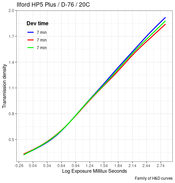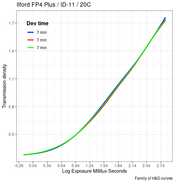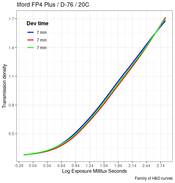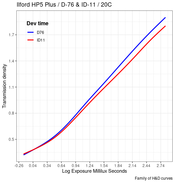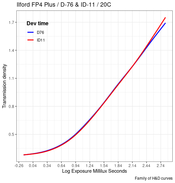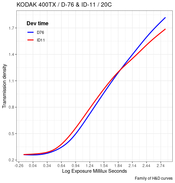So, Matt, does that mean that nowadays the difference in activity levels between D76 immediately after mixing and say a day later has for all intents and purposes disappeared for the average home processor and thus both D76 and ID11 have now the same or similar enough activity?
Thanks
pentaxuser
I would ask someone who uses both - I only use one of them if I'm working in a group darkroom where D-76 or ID-11 is "on tap", and haven't done that for years.
At their core, D-76 and ID-11 use the same developing agents, and function very similarly. Mixing the two is slightly different, due to the one package vs. two package differences.
Historically, if you were mixing up a large batch for your deep tank line, it was important to mix your D-76 ahead of time, in order to allow its activity to stabilize. As there is no mention of that need on current packaging, that delay may not be necessary any more.
I've never heard of anyone using ID-11 who incorporated that delay, but I'm not sure I knew anyone who used ID-11 in the era when deep tank lines were common - it may have been a geographic thing.
Anyone who uses either developer with small volume, inversion tanks to develop small volumes of film can expect to have to either:
1) accept small variations between the results obtained when switching from one developer to the other; or
2) fine tune their times and procedures to get the contrasts to match.
If you are seeking to do number 2, you probably need calibrated exposures and a densitometer, unless visual matching is enough for your needs.





